In order to foster new relationships between wasp researchers, the NHM and its collections, we organised the first ever (with hopefully more to come) “Wasp Day” in May 2023. This aimed to unite researchers associated with the Sumner lab and NHM scientists, and find ways to use the wasp collections in future projects. A secondary aim was to unite researchers from different areas of the world; it allowed to meet with multiple visiting researchers from Brazil, from which some Sumner lab members had recently returned.
Museum collections are incredibly valuable sources of data. They provide researchers access to rare or extinct species, to specimens that have been collected over long periods of time, and to species that may occur on the other side of the world or in remote geographic areas. The Natural History Museum in London boasts one of the largest entomological collections in the world, including an enormous collection of approximately 3.7 million Hymenoptera specimens of around 84,000 species, yet their potential to contribute to research remains unfulfilled, particularly among the wasps.
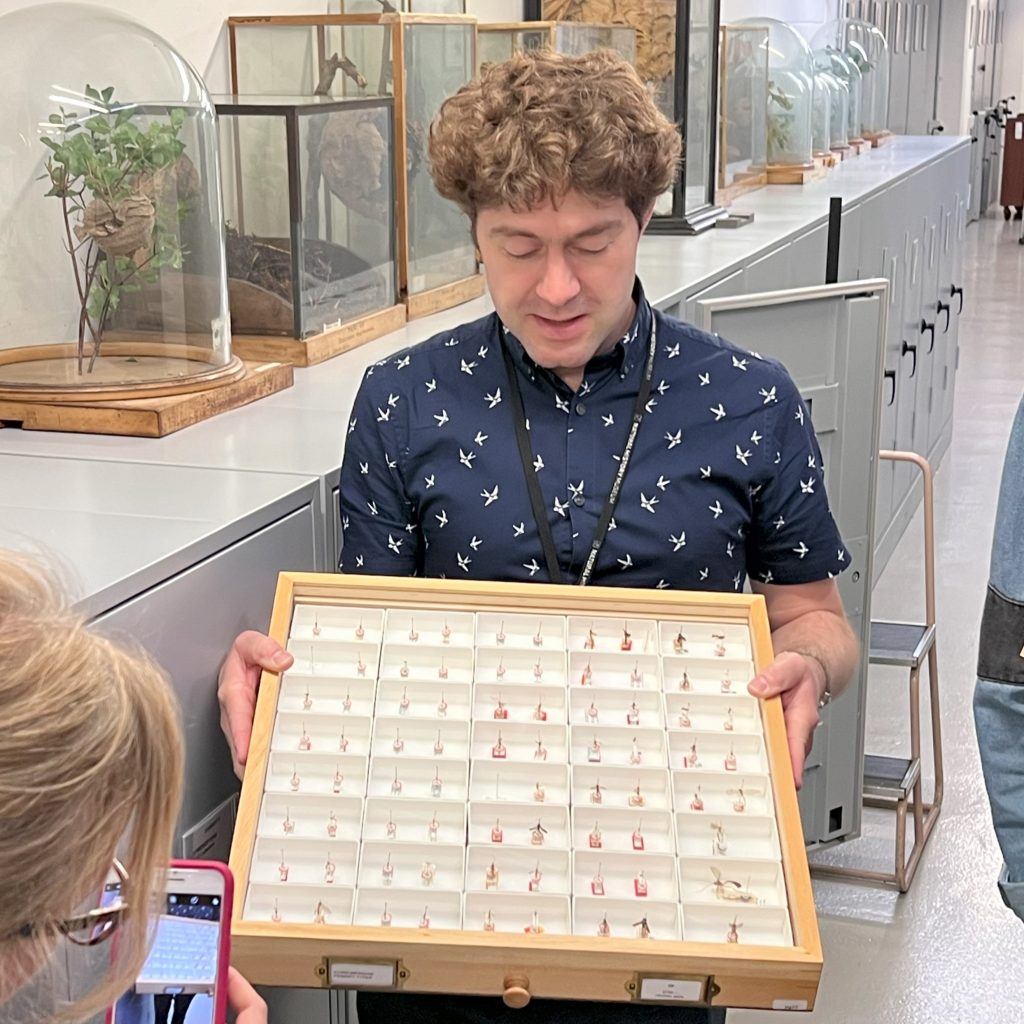
To start the day, we had a tour of the Hymenoptera collections led by Dr Gavin Broad, Principal Curator in Charge of Insects from the NHM. As well as being introduced to a wide variety of species, this was also an excellent opportunity for many participants to meet their study species in the flesh. This was the case for instance for Lucy, who had recently finished her MSci project on Crabronids and dietary specialisms. Because of the data-driven and desk-based research that many of us do, oftentimes we do not directly interact with the organisms that we try to understand. Museum specimens are a way to do this, and allow us to formulate new ideas and hypotheses when observing them.
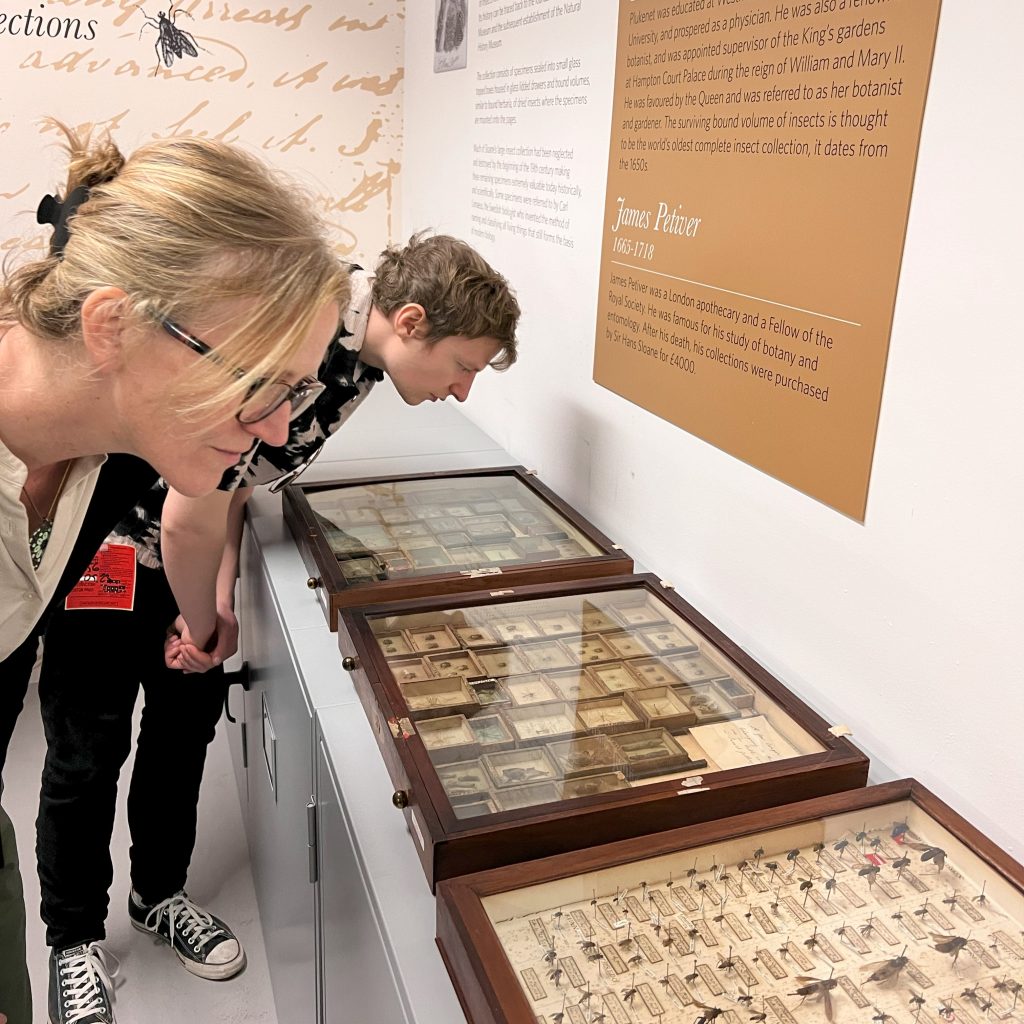
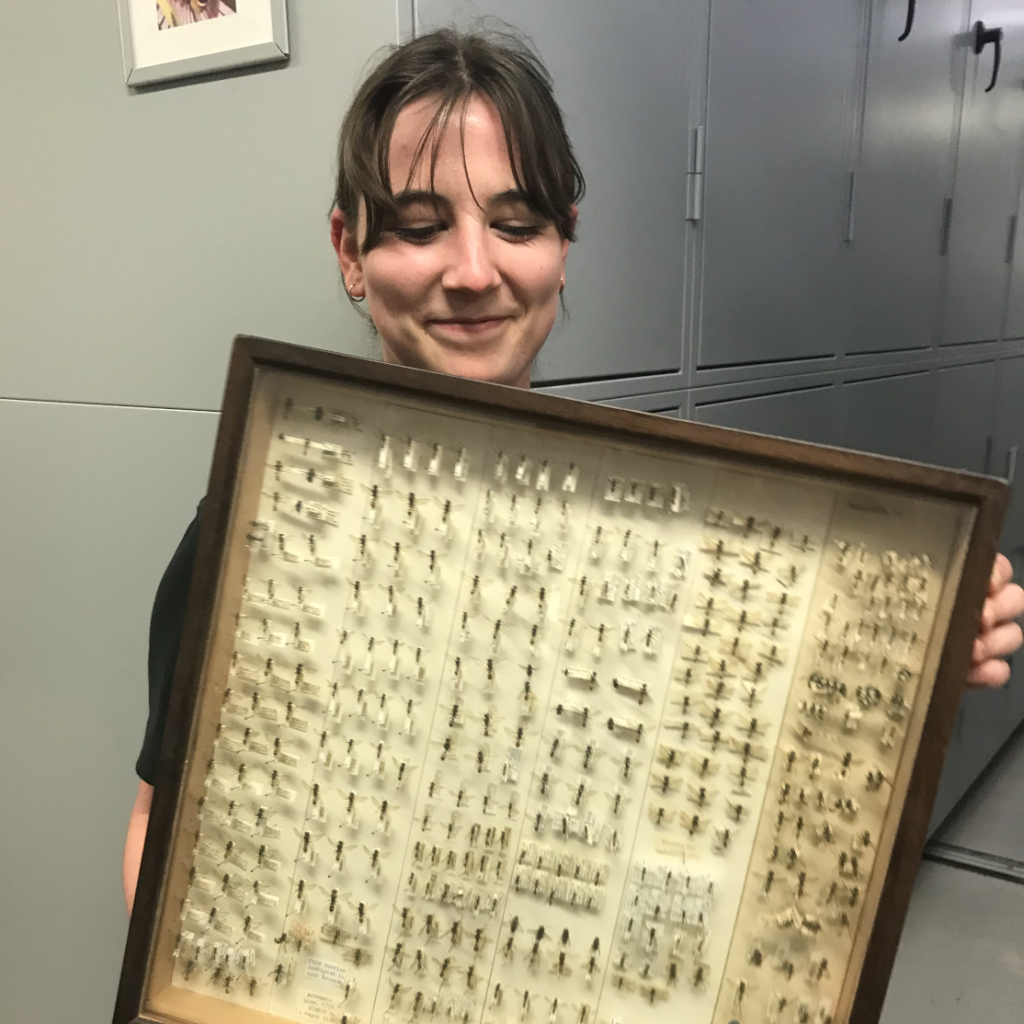


Equally, we were able to take a trip into the scientific past and meet some of the heroes of natural history through the specimens they collected hundreds of years ago. The NHM is in possession of some historic entomological collections, for instance those collected and/or curated and owned by Sir Hans Sloane (1660-1753) and Sir Joseph Banks (1743-1820). We were able to witness how insect collection and preservation has changed over time. Before insect pinning became popular, insects were often pressed and flattened in large bound books, just like plants. This makes sense when considering the collector of this particular volume (see photo), Leonard Plukenet (1641-1706), also happened to be a renowned botanist and a favourite of royalty at the time.
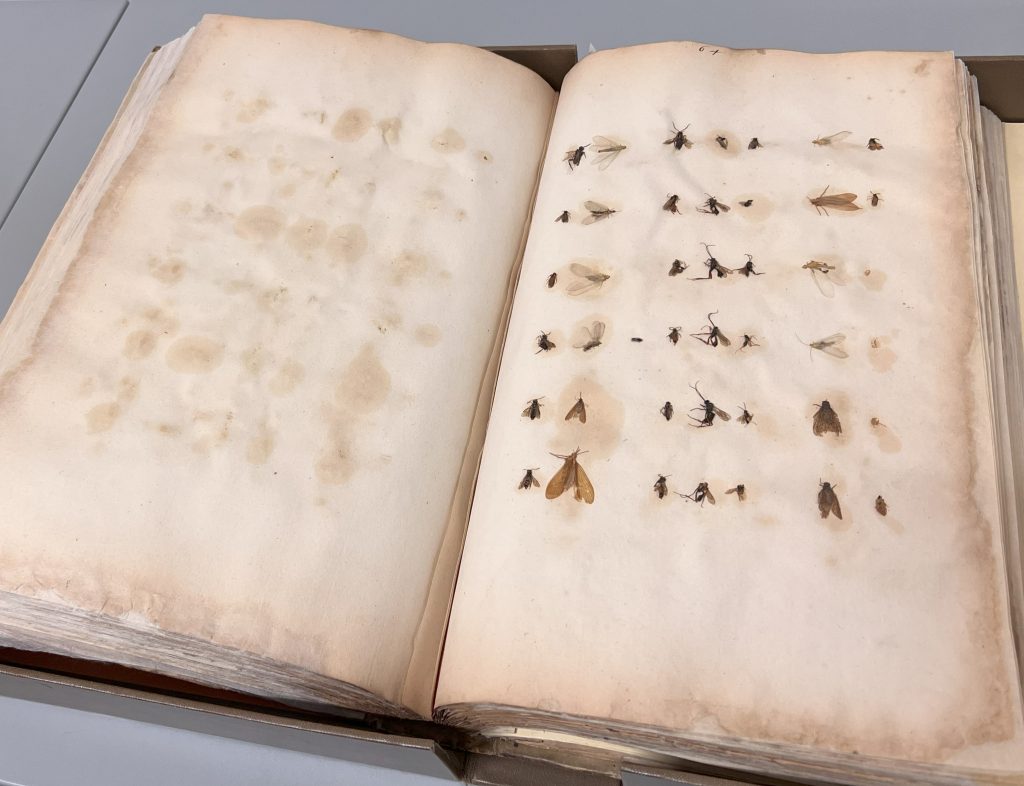
A moment of excitement came when Gavin revealed some specimens collected by Fabricius, a student of Linnaeus and considered to be one of the most important entomologists of the 18th century. Never have we ever witnessed such joy as displayed by Patrick upon realising that he was in the presence of wasps collected by the man himself! Definitely in the presence of the greats. However, we reached a pinnacle when presented with a small, innocuous Polistes specimen that is kept apart from her conspecifics. “NO WAY, IS THAT LUBBOCK’S WASP?” Seirian exclaimed in delight, upon discovering that this particular individual happened to be a wasp kept as a pet for a number of months in 1873 by Sir John Lubbock, a politician, banker and natural historian of the time.
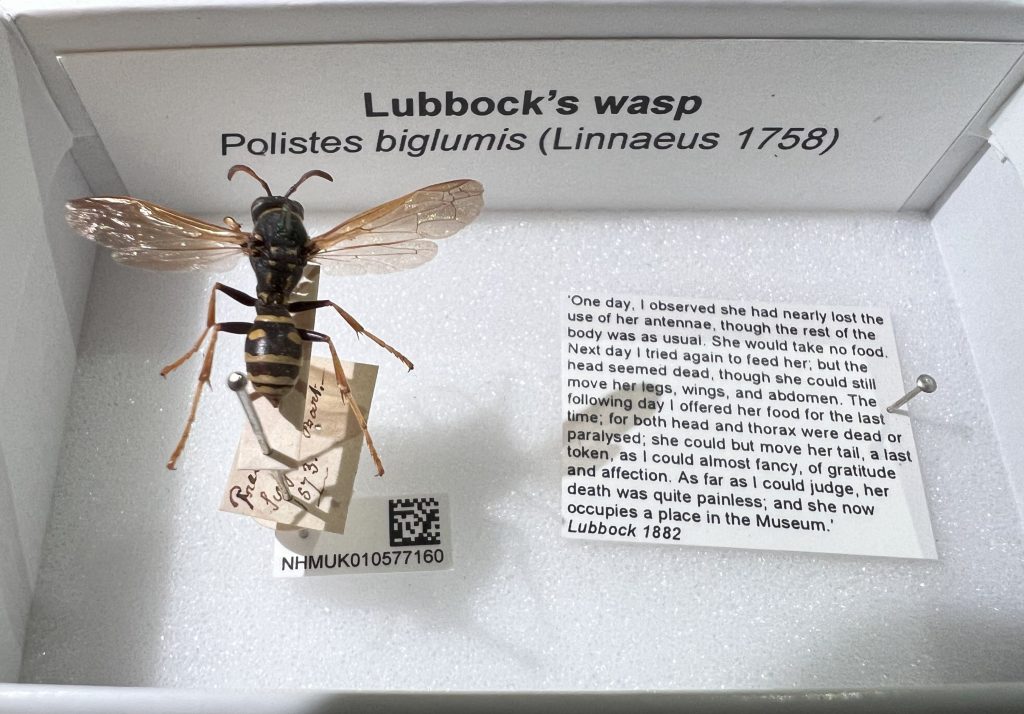
After lunch, we reassembled to provide 5 minute pitches of our work. This was an excellent opportunity to learn about the interests of other researchers and to share ideas. We also discussed future collaborations and opportunities, particularly in regards to the Darwin Tree of Life project, which aims to sequence the genomes of all eukaryotic species across the UK. Given the increasing need for complete genomes in research, this initiative could not come at a better time, especially to study species that would otherwise remain overlooked, such as wasps, despite their ecological importance.
The first “Wasp Day” was quite a success, and we hope to organise similar events in the future, as a way to promote wasp research in a relatively informal way.
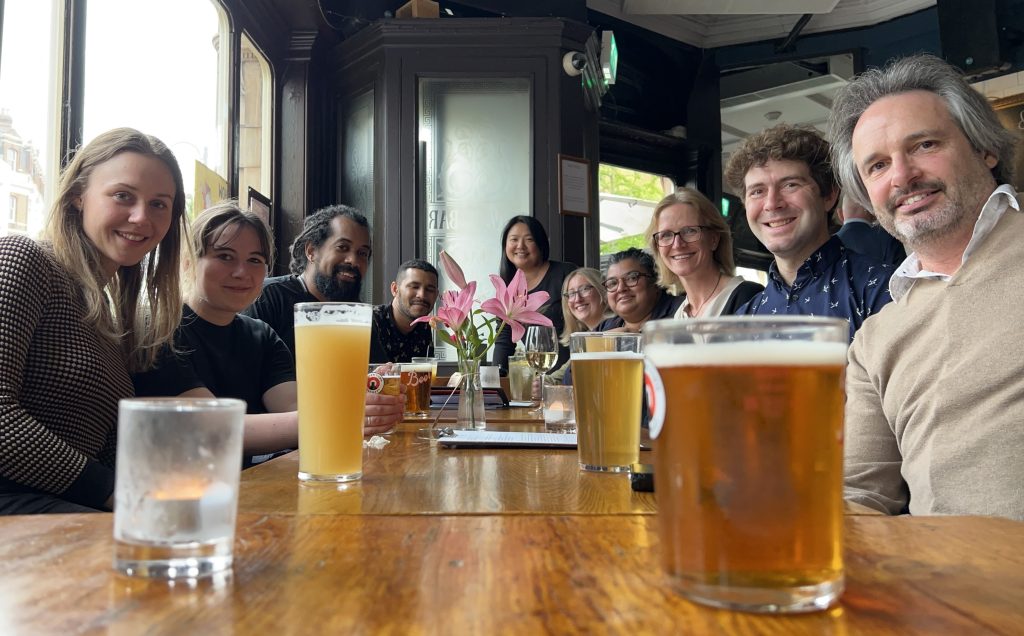
Participants:
Dr Gavin Broad (NHM), Prof Seirian Sumner (UCL), Dr Sam (Simon) Elliot (Universidade Federal de Viçosa/UCL), Dr Rahia Mashoodh (UCL/Cambridge), Owen Corbett (PhD, UCL), Lucy Weatherly (MSci, UCL), Kendra Edwards (MRes, UCL), Dr Patrick Kennedy (Columbia/Bristol), Dr Andy Polaszek (NHM), Dr Ben Taylor (Purdue), Dr Cintia Oi (UCL), Marcos Aragāo de Santos (PhD, Instituto Nacional de Pesquisas da Amazônia, Brazil), Paulo Salgado Barroso (PhD, Instituto Nacional de Pesquisas da Amazônia, Brazil), Iona Cunningham-Eurich (PhD, NHM/UCL).
Lubbock’s wasp: https://www.nhm.ac.uk/natureplus/blogs/behind-the-scenes/2014/11/27/specimen-of-the-month-13-a-wasp-of-some-renown.html
Historical collections: https://www.nhm.ac.uk/our-science/collections/entomology-collections/historical-collections.html
Darwin Tree of Life Project: https://www.darwintreeoflife.org/
Written by Iona Cunningham-Eurich